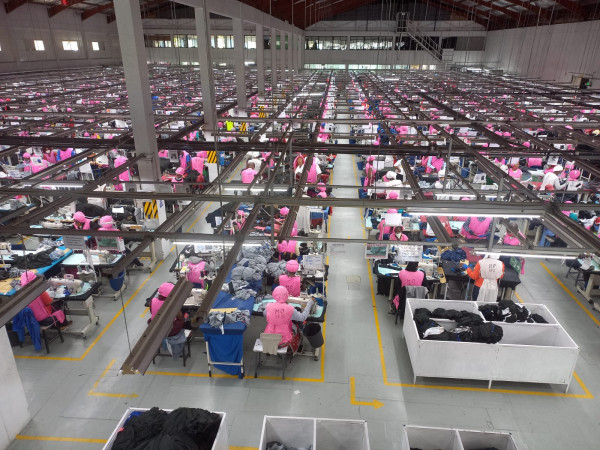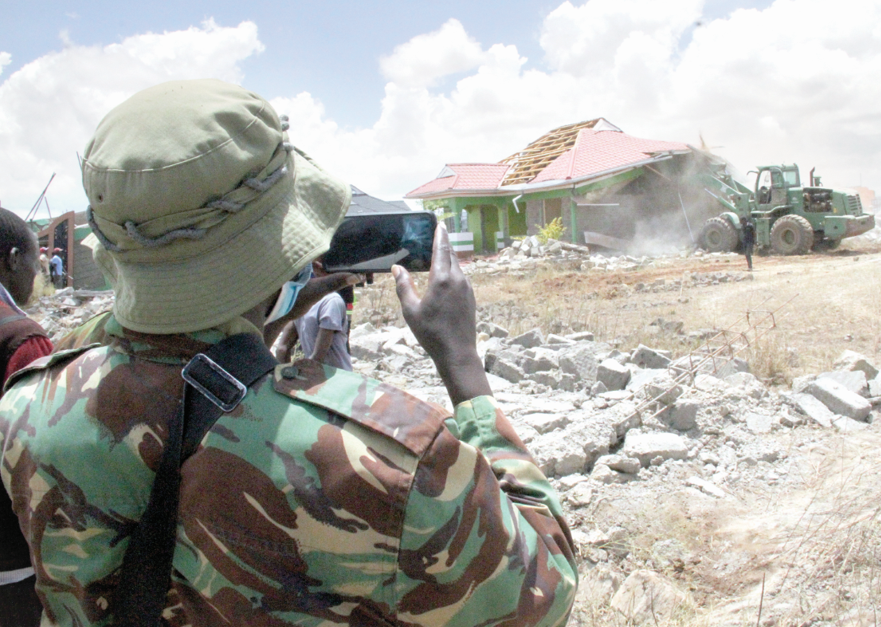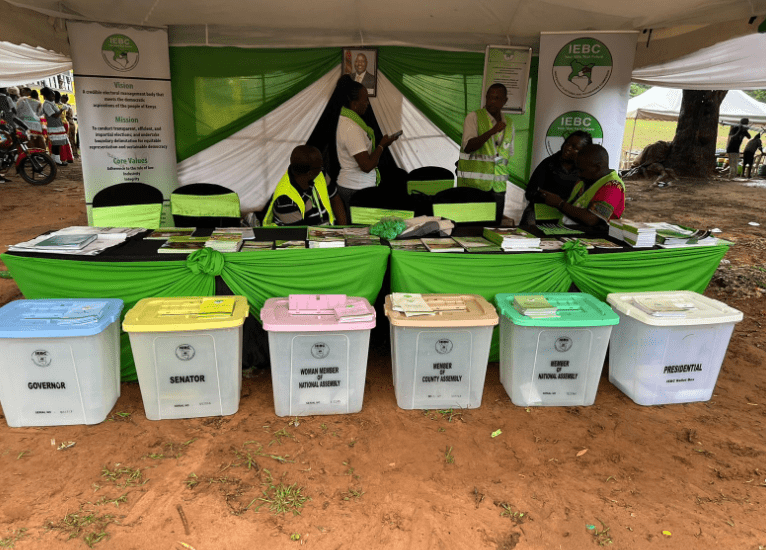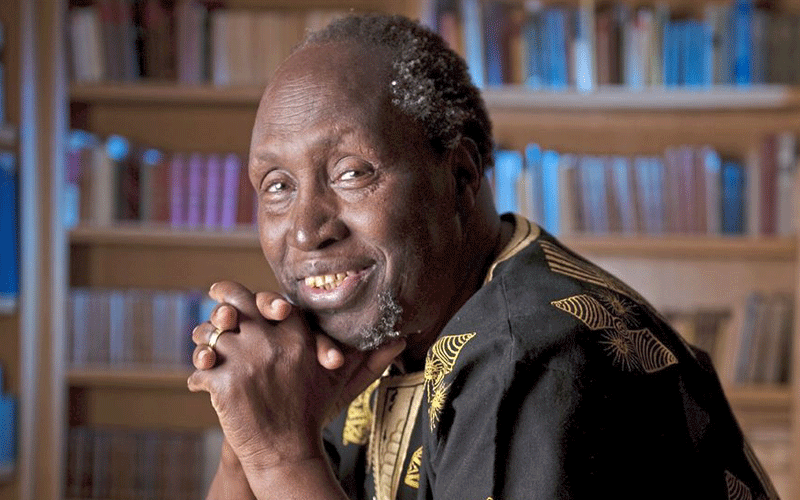Inside Athi River’s EPZ closet where deft hands knit dollars

An array of motorcycle taxis line up outside the Export Processing Zone (EPZ) in Athi River, looking like a guard of honour waiting for inspection. Only they are waiting for the thousands of workers in the nearby garment factories to pour out at the end of their shift. Then the “roaring business” of taking them to their various destinations can begin.
The giant factory buildings lie silently, like lizards sunbathing in the hot mid-morning sun. On the factory floors, however, over 3,000 workers dressed in hot pink bibs and head covers are bent over sewing machines, turning the materials into clothes for export to the US market.
“Our company is vertically integrated,” says Visham Jooty, the compliance officer at New Wide Apparel EPZ Ltd, one of the factories that make and export clothes under the African Growth and Opportunity Act (AGOA), which was signed by then US President George W. Bush in 2004.
Exclusive market
Under the agreement, garments made in selected African countries, Kenya included, enjoy exclusive preferential market access and tax reliefs when exported to the US. Various big fashion brands, including Adidas, Fila, Puma, Kohl’s and Calvin Klein order directly from companies like New Wide Apparel, buying all the clothes that the firm makes under their labels.
The EPZ firm controls the entire value chain, from making the yarn in China, Taiwan, Cambodia and Vietnam.
It then ships the yarn in 19-kilo rolls to three African countries; Kenya, Ethiopia and Lesotho, which are part of the AGOA deal. This is where the clothing material is converted into clothes.
The process is both simple and complex. Though the rolls come in the same shape and size, they are in different colours — from heavenly white to deathly black and everything in between — depending on the needs of the over 20 US fashion houses that New Wide supplies garments to.
Once in the warehouse, the rolls are stretched out and “relaxed” as a quality control expert examines samples for breakages. “Relaxing” the textiles makes them expand because they become warmer and this helps to reduce shrinkage. Any missing threading or other problems with the materials are noted in a report book.
At any given time, the New Wide warehouse has over 5,000 rolls, enough to last the firm six months to one year, depending on the season and number of orders.
Once the materials have been sufficiently relaxed, they are laid out neatly on a long tabletop and in a thick pile. A white paper with the design on it — known as the marker — is then firmly pinned on top. Then, using a bulk cutter, the materials are cut into the designs ordered by the various fashion houses.
On the day we toured the factory, they were working on black and grey hoodies for BCG, white T-shirts for Tommy Hilfiger and blue T-shirts for Michael Kors, among other labels.
Once the designs have been cut, the pieces are arranged neatly on a logo embossing machine, which can do up-to 20 logos in under a minute. “All processes here are automated,” says Jooty.
Embossing logos
There are two ways of embossing logos; either by sewing them on, as happens with Tommy Hilfiger logos, or superimposing them onto the garments with a heat press.
From here the different components of each design are handed over to the sea of workers who sew the pieces together.
All components are clearly labeled with unique codes to ensure that the colours of the various pieces match the intended final product, and just in case a worker forgets, a mock-up has been installed on every sewing machine to guide them.
Once they are sewn, a trimmer is used to remove excess thread from the finished product, which is now ready for ironing.
Interestingly, whereas the bulk of those sewing are women, the majority of those on the ironing line are men clad in gloves to prevent burns from the steam irons.
“The women pay greater attention to detail and are better at quality control,” says Paul Juma, also a compliance manager. “They are also more efficient.”
There is a quality control check at every production point, the last one being a sensitive machine that detects even the slightest grammage of metal. This is to ensure that customers do not find sharp objects, such as broken needles, when they try on the garments in a shop or supermarket.
Every day, New Wide produces thousands of clothing items, each of which goes through the same quality check test.
And whereas all the clothes produced here bear the logos of the big brands, they also have the “Made in Kenya” label.
This helps conscientious buyers choose their products based on information such as how workers are paid or treated, whether the companies making the garments is sensitive to environmental protection, and such other considerations.
See-through bags
“We can make up-to 35,000 units per day,” says Jooty. Each piece is neatly folded and a price tag embedded before it is neatly packed in a see-through polythene bag, ready for shipping.
“We ship 100 per cent of the products,” he says, implying that no garments are available for sale locally. Every piece goes to the fashion house that placed the order.
He also explains that the big brands prefer Kenya because the turn-around between the time when an order is placed and when it is delivered is relatively short compared with other countries. That gives Kenya a competitive edge.
According to the EPZ Authority, about 30 Kenyan firms are licensed to sell garments to the US under the AGOA agreement. “This is a public zone,” says the authority’s CEO, Hussein Mohammed. “But there are private zones, for example in Mombasa.”
All the firms pay licensing fees to the authority, and that is how the regulator makes money, although it also gets extra funding from the Treasury largely to build more go-downs where EPZ firms can set up shop.
Such firms are responsible for the thriving economy of Athi River and towns like Kitengela because the workers there need a large array of services, from accommodation to transport, which in part explains the large number of motorcycles outside the EPZ main gate.
Entertainment joints and eateries have been thriving as a result of the factories, spawning an entire economic ecosystem of which the nyama choma joints famous with Nairobians form only a slice of the commercial pie that is baked in Kitengela and other emerging centres within the EPZ radius.










